#NGC 7293
Text

NGC 7293: the Eye of God from CFHT
#helix nebula#ngc 7293#space#astrophotography#stars#night sky#universe#astronomy#solar system#cosmos#galaxy#planet#CFHT#apod
993 notes
·
View notes
Photo

Helix Nebula
775 notes
·
View notes
Text

NASA Galaxy Evolution Explorer: Ultraviolet image of NGC 7293, also known as the Helix Nebula - the nearest example of what happens to a star as it evolves into a white dwarf (May 5, 2005)
#galaxy evolution explorer#astronomy#astrophotography#krakenmare#outer space#nasa#space#thank you nasa#nebula#ngc 7293#helix nebula#white dwarf#stars#2000s#2005
85 notes
·
View notes
Text
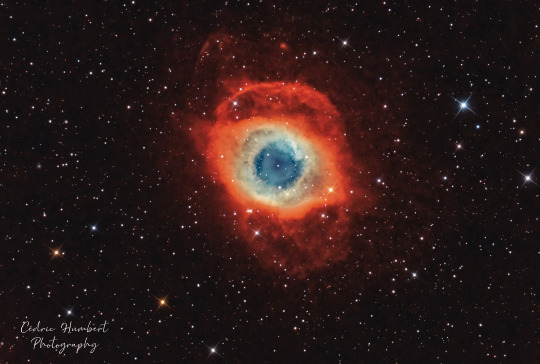
The Helix Nebula, NGC 7293 // Cédric Humbert
71 notes
·
View notes
Text
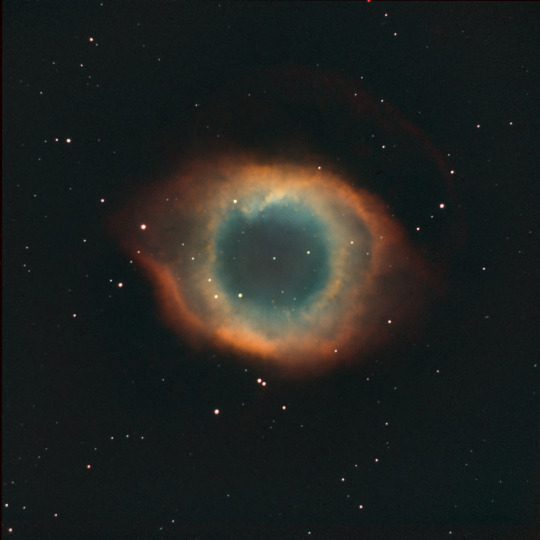
The Helix Nebula (NGC 7293)
10x600" Ha
18x300" O-III
Selective false color to add yellow coloring to Ha channel. First time I've put any kind of artistic spin on the image beyond just baseline color channels and stretching the contrast.
11 notes
·
View notes
Text
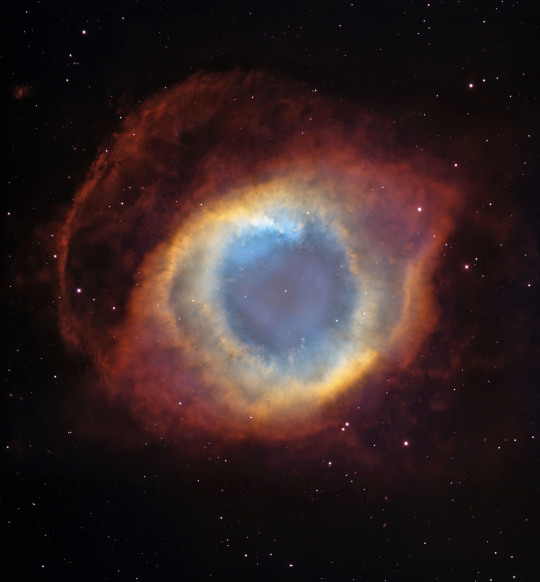
Helix Nebula
94 notes
·
View notes
Text
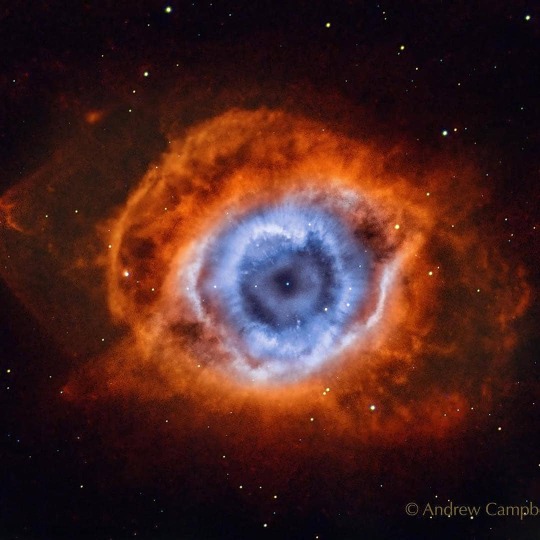
Science & AstronomyThe Helix Nebula is so named because it also appears that you are looking down the axis of a helix. In actuality, it is now understood to have a surprisingly complex geometry, including radial filaments and extended outer loops. The Helix Nebula (aka NGC 7293) is one of brightest and closest examples of a planetary nebula, a gas cloud created at the end of the life of a Sun-like star. The remnant central stellar core, destined to become a white dwarf star, glows in light so energetic it causes the previously expelled gas to fluoresce. The featured picture, taken in the light emitted by oxygen (shown in blue) and hydrogen (shown in red), was created from 74 hours of exposure over three months from a small telescope in a backyard of suburban Melbourne, Australia. A close-up of the inner edge of the Helix Nebula shows complex gas knots of unknown origin.
© NASA (APOD)
#Helix Nebula#nature#NGC 7293#nebula#NASA (APOD)#NASA#universe#space#astronomy#natural#god's creation#godscreation#beauty#love
2 notes
·
View notes
Text
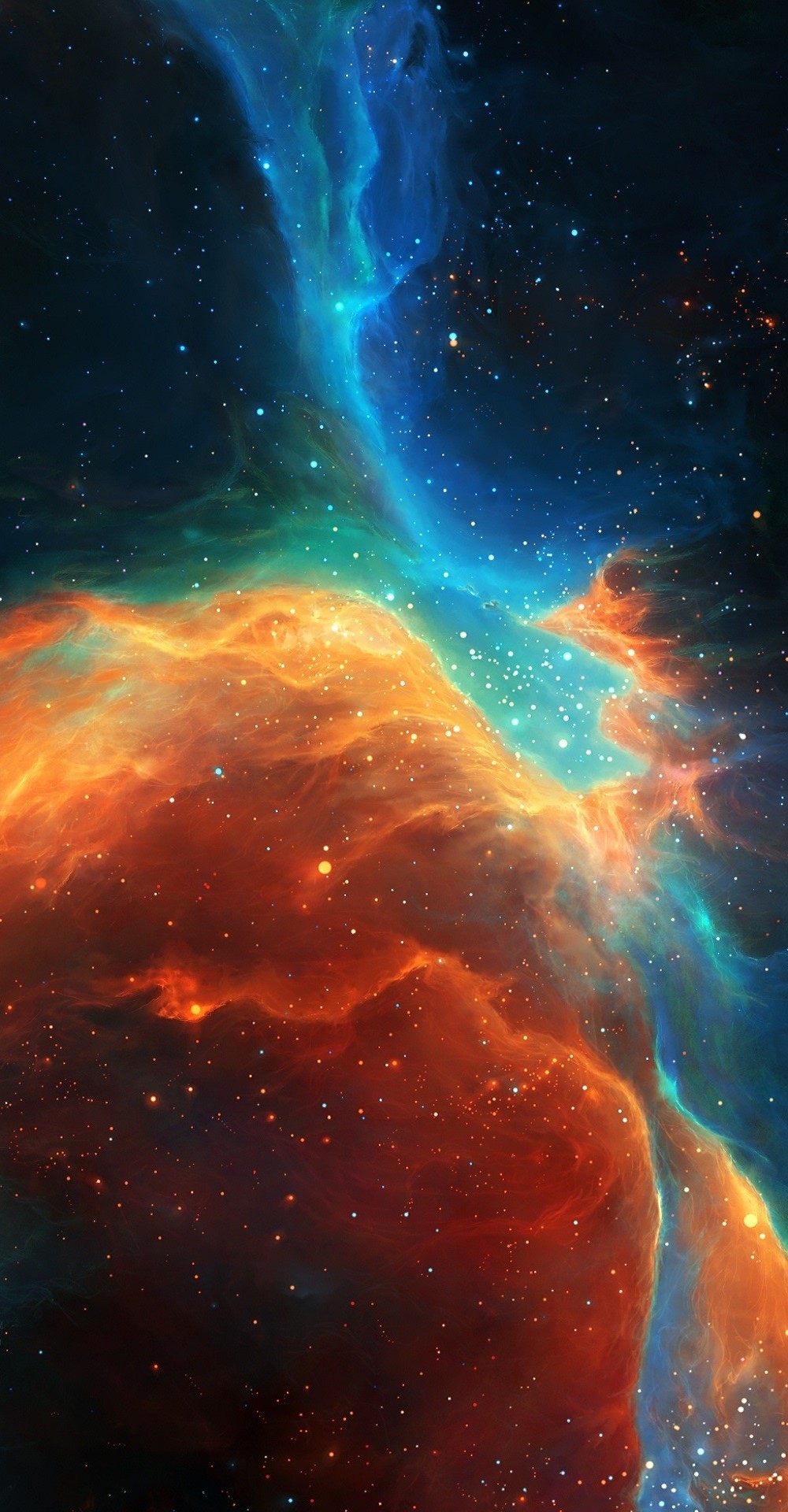
NGC 7293, Helix Nebula
5K notes
·
View notes
Text

NGC 7293 Helix Nebula in Aquarious constellation
Credit: Vista Telescope
#helix#nebula#astrology observations#astrophotography#photographers on tumblr#galaxy#universe#europa#international space station#space photography
5K notes
·
View notes
Photo
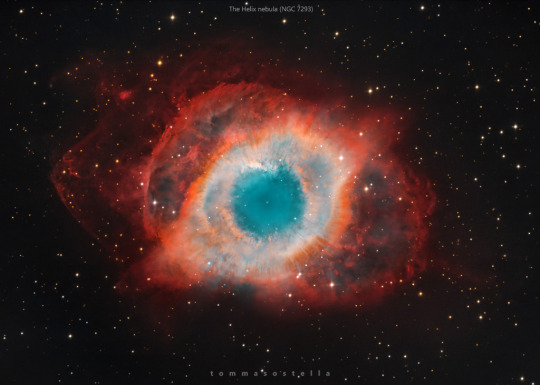
NGC 7293: The Helix Nebula #NASA https://ift.tt/F6IdwnN
0 notes
Text
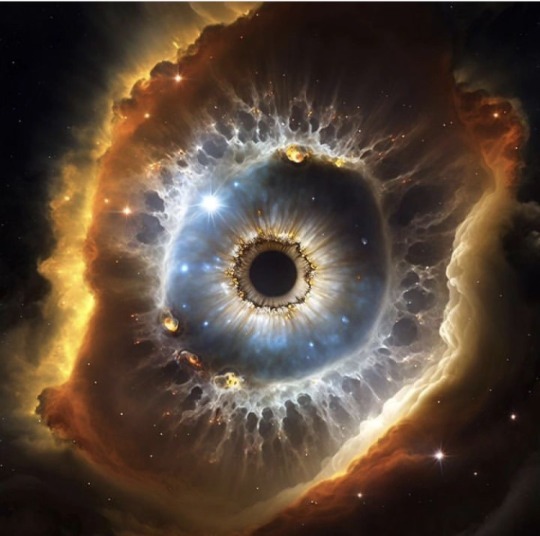
Helix Nebula NGC 7293 Known in popular culture as "God's Eye" and sometimes the "Eye of Sauron"
960 notes
·
View notes
Text

NGC 7293 Helix Nebula in Aquarious constellation
231 notes
·
View notes
Photo

Helix Nebula NGC 7293 Known in popular culture as "God's Eye" and sometimes the "Eye of Sauron"
niftyandinterestingstuff
217 notes
·
View notes
Text
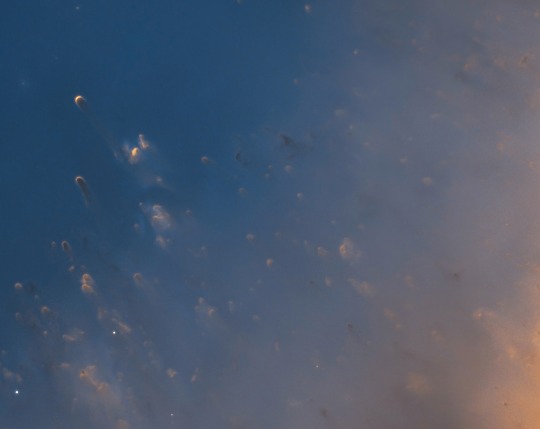

Helix Nebula (NGC 7293)
Credit: Jason Major
1K notes
·
View notes
Text
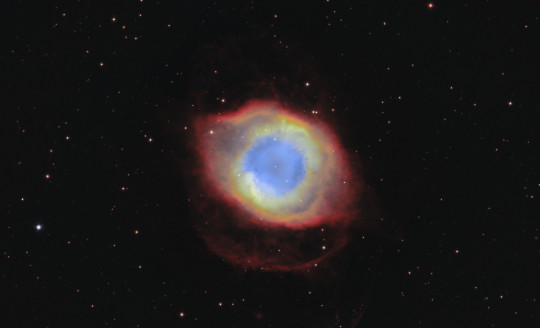
The Helix Nebula, NGC 7293 // Peter Merrick
63 notes
·
View notes
Text

NGC 7293: The Helix Nebula - April 17th, 1996.
"The Helix Nebula (New General Catalog number 7293) is estimated to be a mere 450 light-years from the Sun, in the direction of the constellation Aquarius. At that distance it may well be the closest planetary nebula, offering a dramatic snapshot of a brief final evolutionary stage in the life of a solar-type star. In this colour image, the nebula glows red in the light of nitrogen and hydrogen atoms, energised by the ultraviolet radiation from the central star. The main rings themselves, though faint, have an angular size about half that of the full Moon and span about 1.5 light-years. Because it is so close, it is a prime subject for study by astronomers. When the Hubble Space Telescope was focused near the inner edge of the main ring, at about the 12 o'clock position in the above image, it resolved some of the spoke-like radial structures visible into intriguing cometary knots."
45 notes
·
View notes